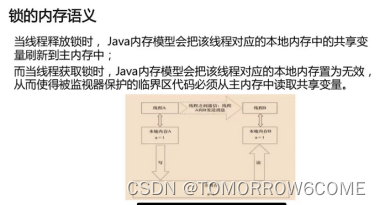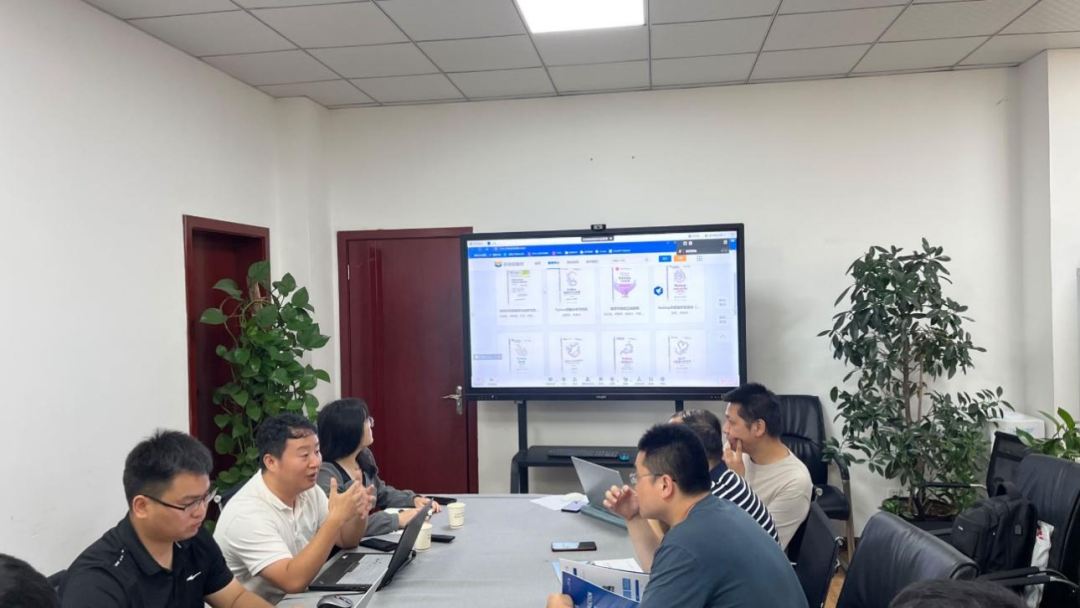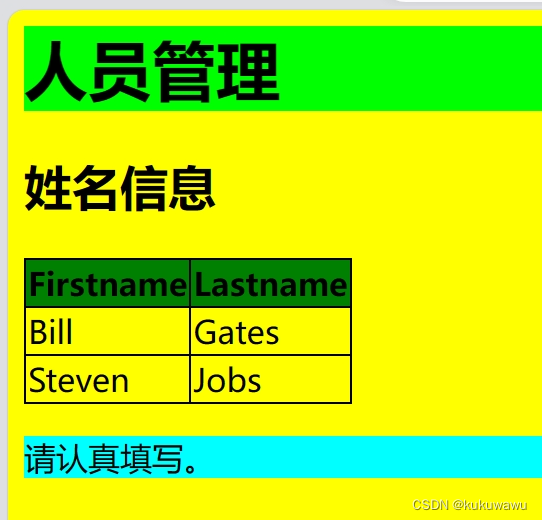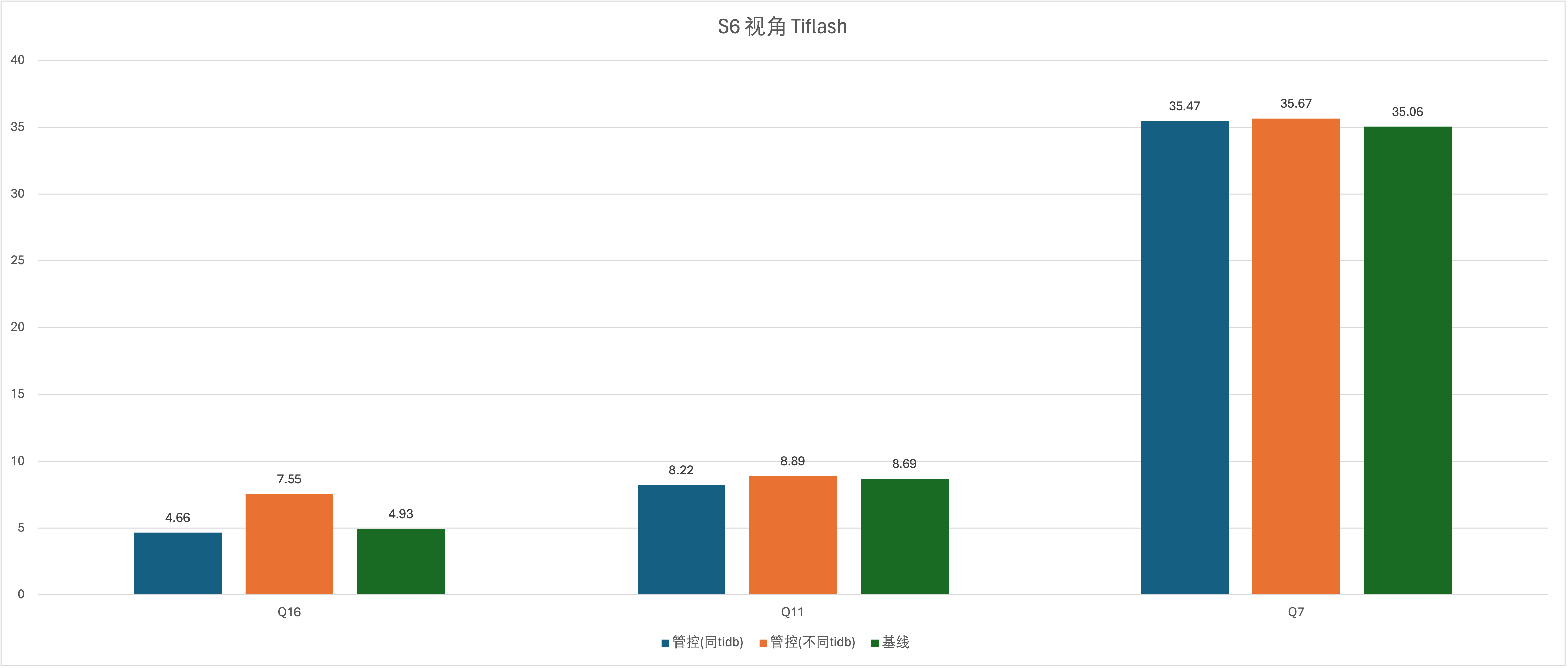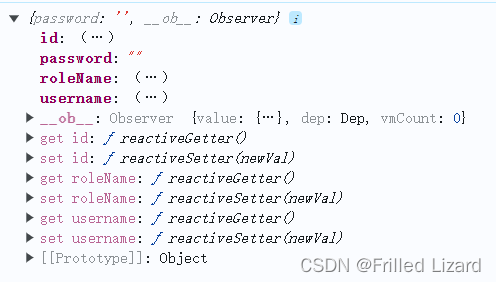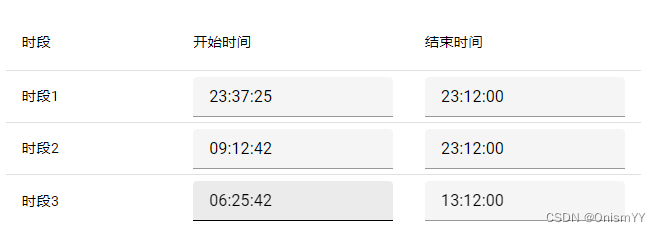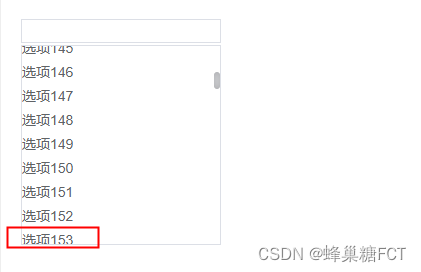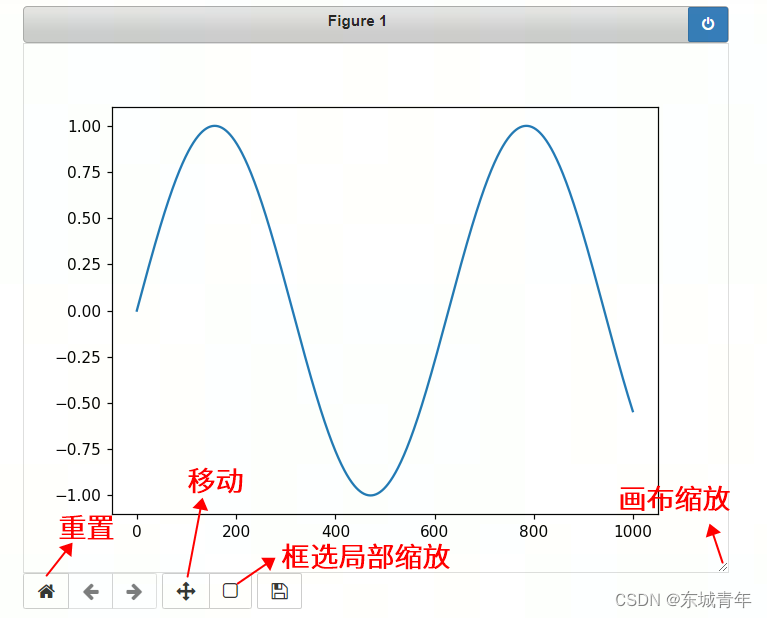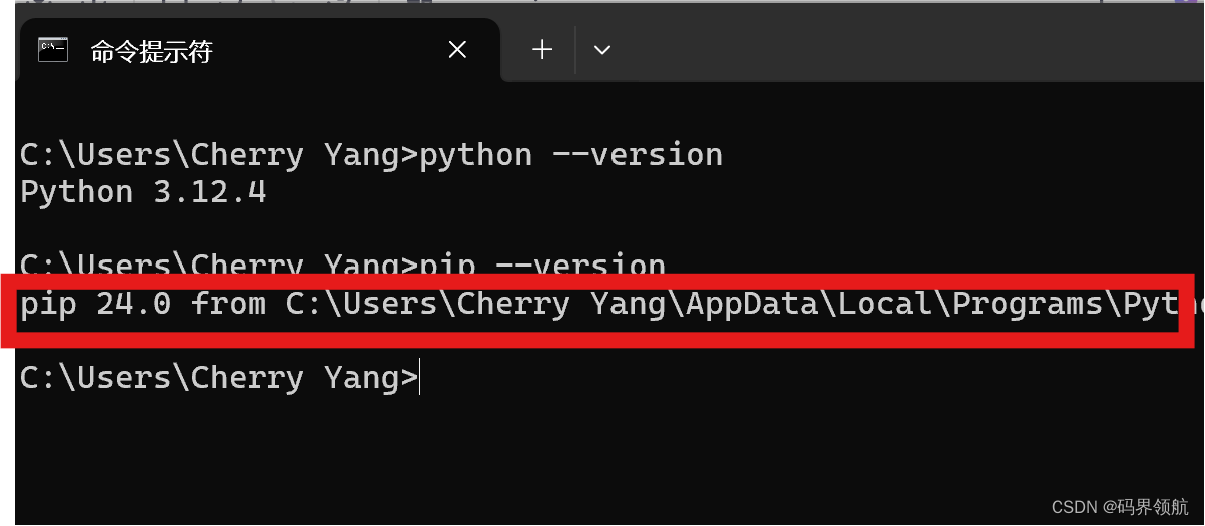
编者按
在本系列文章中,我们梳理了运筹学顶刊Management Science在2024年4月份发布有关OR/OM以及相关应用的13篇文章的基本信息,旨在帮助读者快速洞察领域新动态。本文为第二部分(2/2)。
推荐文章1
● 题目:Social Learning in Prosumption: Evidence from a Randomized Field Experiment
消费中的社会学习:来自随机场实验的证据
● 原文链接:https://pubsonline.informs.org/doi/10.1287/mnsc.2021.00789(原doi网页无法获取)
● 作者:Jaehwuen Jung , Tianshu Sun , Ravi Bapna , Joseph M. Golden
● 发布时间:2024/04/09
● 摘要:
-
数字技术使消费者能够积极参与各种产品的设计和生产过程,从而产生了“产消者”的概念。这类产品的很大一部分价值是通过产消过程产生的。各种各样的公司都在投资建设这样的能力;然而,产消中一个主要的、很大程度上未被探索的分歧是客户需要付出努力,创造性地设计产品,并从这一过程中获取价值。在本研究中,我们将探讨社会学习——向焦点顾客展示其他顾客的创作——是否可以改善这种分歧,以及如何改善这种分歧。可以说,通过向焦点客户展示其他人的产品设计,特别是如果这些设计具有吸引力和高质量,公司可能会诱使用户启动设计流程。展示他人的设计还可能影响客户对自身能力的看法,即他们设计出有价值的、他们愿意购买的产品的自我效能感。某些设计可能被认为超出了焦点用户的创造性范围,因此降低了他们完成设计并购买它的可能性。这种理解在消费者购买漏斗的不同阶段有何不同?我们与一个专门从事定制照片产品的电子商务平台密切合作,通过两个大规模的真人随机现场实验来检验社会学习的有效性。我们外在地改变了他人设计的可用性以及向受试用户展示的图片的特征。我们的分析表明,将其他用户的设计作为范例展示可以非常有效地影响重点客户的购买和设计行为,但企业必须选择合适的客户,并谨慎选择展示的用户形象设计类型。在购买漏斗的较高阶段,向这些客户展示高质量的设计会大大增加他们创建项目的可能性。在漏斗的较低阶段,自我效能效应占主导地位,当向用户展示易于学习的设计时,他们更有可能完成设计并购买产品。
-
Digital technologies enable consumers to actively participate in the design and production process for a wide range of products, giving rise to the concept of a ‘prosumer.’ A significant portion of the value for such products is generated through the prosumption process. A variety of firms are investing in building such capabilities; however, a major, largely unexplored, friction in prosumption is the customers’ effort involved to undertake a creative exercise of designing products and extracting value from the process. In this study, we ask whether and how social learning—the act of showing creations made by other customers to focal customers—can ameliorate such friction. Arguably, by showing others’ product designs to focal customers, especially if such designs are attractive and of high quality, the firm may entice users to initiate the design process. Showing others’ designs is also likely to influence customers’ beliefs about their own ability—their self-efficacy—to design a valuable product that they would like to purchase. Certain designs may be perceived as out of the creative reach of focal users and therefore reduce their likelihood of finishing the design and purchasing it. How does this understanding vary across different stages of the purchase funnel? In close collaboration with an e-commerce platform that specializes in customized photo products, we examine the effectiveness of social learning by means of two large scale in-vivo randomized field experiments. We exogenously vary both the availability of others’ designs and the characteristics of the images shown to the treated users. Our analysis shows that showing other users’ designs as examples can be highly effective in influencing the purchase and design behavior of focal customers, but firms must choose the right customers and carefully select the type of user image design for display. In the upper stages of the purchase funnel, showing high-quality designs to these customers significantly increases the likelihood of project creation. Lower down in the funnel the self-efficacy effect dominates, and users are more likely to finish designs and purchase products when shown designs that are easy to learn.
推荐文章2
● 题目:Strategic Responses to Algorithmic Recommendations: Evidence from Hotel Pricing
对算法推荐的战略回应:来自酒店定价的证据
● 原文链接:https://doi.org/10.1287/mnsc.2022.03740
● 作者:Daniel Garcia , Juha Tolvanen , Alexander K. Wagner
● 发布时间:2024/04/16
● 摘要:
-
我们使用高分辨率的酒店客房价格数据来研究算法建议和人类决策之间的相互作用。我们记录了由人类决策者的调整成本引起的价格设定分歧,引发了与算法顾问的利益冲突。一个具有昂贵价格调整的建议模型表明,在均衡状态下,算法价格建议在战略上存在偏见,并导致人类决策者的次优定价。我们使用结构模型量化了推荐策略偏差的损失,并估计了转向全自动算法定价所带来的潜在收益。
-
We study the interaction between algorithmic advice and human decisions using high-resolution hotel-room pricing data. We document that price setting frictions, arising from adjustment costs of human decision makers, induce a conflict of interest with the algorithmic advisor. A model of advice with costly price adjustments shows that, in equilibrium, algorithmic price recommendations are strategically biased and lead to suboptimal pricing by human decision makers. We quantify the losses from the strategic bias in recommendations using as structural model and estimate the potential benefits that would result from a shift to fully automated algorithmic pricing.
推荐文章3
● 题目:Uncovering Sophisticated Discrimination with the Help of Credence Goods Markups: Evidence from a Natural Field Experiment
利用信用商品加价率揭示复杂的歧视:来自自然田野实验的证据
● 原文链接:https://doi.org/10.1287/mnsc.2022.02666
● 作者:Jonathan Hall , Rudolf Kerschbamer , Daniel Neururer , Eric Skoog
● 发布时间:2024/04/22
● 摘要:
-
信誉商品(如维修和保健服务)的特点是,信息较少的客户与信息较多的专家卖家之间存在严重的信息不对称。这些信息不对称为卖方的欺诈行为敞开了大门。在一个预先登记的自然现场实验中,我们在一个维度上改变卖方对服务是普通服务还是信誉良好服务的感知,在第二个维度上改变顾客是少数人还是多数人的卖方感知。这样,我们就能测算出诱导信用商品加价的规模,并解决它是否与歧视有系统性互动的问题。我们发现,平均而言,存在较大的可信商品加价。此外,我们还发现,如果商品被视为可信商品,少数群体成员会支付相当大的歧视性加价,但如果商品被视为普通商品,则不会。我们的研究结果表明,在信息不对称被用来掩盖歧视(欺诈)行为的情况下,卖方参与了复杂的歧视行为。在事后调查的帮助下,我们得出了对结果的可能解释。
-
Credence goods, such as repair and healthcare services, are characterized by profound information asymmetries between less-informed customers and better-informed expert sellers. These information asymmetries open the door for fraudulent behavior on the seller side. In a preregistered natural field experiment, we vary in one dimension the seller’s perception of whether the service is an ordinary or a credence good service and in the second dimension whether the customer is a member of a minority or a member of the majority. This allows us to measure the size of the induced credence goods markup and to address the question whether it interacts systematically with discrimination. We document the existence of a large credence goods markup, on average. Moreover, we find that members of the minority pay a sizeable discriminatory markup if the good is perceived as a credence good but not if it is perceived as an ordinary good. Our results show that sellers engage in sophisticated discrimination where informational asymmetries are used to hide discriminatory (fraudulent) behavior. With the help of an ex post survey, we derive a possible explanation for our results.
推荐文章4
● 题目:Understanding the Impact of Reviews on Consumer Product Choices Under Negotiated Pricing
了解评论对协商定价下消费者产品选择的影响
● 原文链接:https://doi.org/10.1287/mnsc.2020.02658
● 作者:Jisu Cao , Sha Yang
● 发布时间:2024/04/22
● 摘要:
-
我们研究了当消费者可以协商价格时,评论对产品选择的影响。尽管之前的研究已经考察了评论在各种情况下的影响,但没有一项研究考虑了购买价格可以协商的情况。我们推测,在线评论会通过消费者的基本产品偏好和消费者的议价能力来影响需求。利用独特的消费者新车购买评论数据集,我们开发并估算了一个结构模型,以分解和量化评论影响需求的两种机制:基线偏好机制和议价能力机制。我们的反事实分析表明,在解释评论中的历史价格和折扣频率信息如何影响卖家利润时,议价能力机制比基准偏好机制更为重要。忽略评论对协商价格的影响会导致对评论有效性的估计出现偏差。我们提醒大家警惕一种流行的销售做法,即用折扣来换取正面评论,因为当未来的消费者利用这些折扣信息来协商更低的价格时,这种做法可能会适得其反。
-
We study the impact of reviews on product choices when consumers can negotiate price. Although prior research has examined the impact of reviews in various contexts, none has considered a setting in which the purchase price is negotiated. We postulate that online reviews affect demand through consumer baseline product preference and consumer bargaining power. Leveraging a unique data set of consumer reviews of new car purchases, we developed and estimated a structural model to decompose and quantify the two mechanisms of how reviews affect demand: baseline preference mechanism versus bargaining power mechanism. Our counterfactual analysis suggests that the bargaining power mechanism is more important than the baseline preference mechanism in explaining how historical price and discount frequency information in reviews affect seller profits. Ignoring the impact of reviews on the negotiated price leads to a biased estimation of the effectiveness of reviews. We call into caution a popular selling practice of using discounts in exchange for positive reviews, as it can backfire when future consumers leverage this discount information to negotiate a lower price.
推荐文章5
● 题目:On Customer (Dis-)Honesty in Unobservable Queues: The Role of Lying Aversion
论不可观察队列中的顾客(不)诚信:说谎厌恶的作用
● 原文链接 :https://doi.org/10.1287/mnsc.2022.04036
● 作者:Arturo Estrada Rodriguez , Rouba Ibrahim , Dongyuan Zhan
● 发布时间:2024/04/24
● 摘要:
-
人们为了更快地获得服务而虚报私人信息的排队现象随处可见。受这种行为在实践中普遍存在的启发,我们构建了一个队列博弈理论模型,在这个模型中,顾客做出策略性的宣称以减少他们的等待时间,而管理者则根据这些要求决定静态调度策略,以最小化系统中的预期延迟成本。我们建立了一个 “说谎-厌恶 ”模型,在该模型中,客户既会产生延迟成本,也会产生说谎成本。我们通过控制实验来验证我们对客户误报行为的建模假设。特别是,我们发现人们确实会产生说谎成本,而且我们发现他们的误报行为并不取决于等待时间的变化,而是取决于调度参数。基于经过验证的说谎厌恶模型,我们研究了博弈中出现的均衡。我们发现,在某些条件下,最优政策是使用荣誉政策,即根据客户的要求给予服务优先权。我们还发现,通过升级政策激励更多的诚实可能是最优的,在这种政策下,一些声称不值得优先的客户会被升级到优先队列。我们发现升级政策偏离了著名的 cµ 规则。
-
Queues where people misreport their private information to access service faster are everywhere. Motivated by the prevalence of such behavior in practice, we construct a queueing-game-theoretic model where customers make strategic claims to reduce their waiting time and where the manager decides on the static scheduling policy based on those claims to minimize the expected delay cost in the system. We develop a lying-aversion model where customers incur both delay and lying costs. We run controlled experiments to validate our modeling assumptions regarding customer misreporting behavior. In particular, we find that people do incur lying costs, and we find that their misreporting behavior does not depend on changes in waiting times but rather, on the scheduling parameters. Based on the validated lying-aversion model, we study the equilibrium that arises in our game. We find that under certain conditions, the optimal policy is to use an honor policy where service priority is given according to customer claims. We also find that it may be optimal to incentivize more honesty by means of an upgrading policy where some customers who claim to not deserve priority are upgraded to the priority queue. We find that the upgrading policy deviates from the celebrated cµ rule.
推荐文章6
● 题目:Online Advertisement Allocation Under Customer Choices and Algorithmic Fairness
客户选择和算法公平下的在线广告分配
● 原文链接 :https://doi.org/10.1287/mnsc.2021.04091
● 作者:Xiaolong Li , Ying Rong , Renyu Zhang , Huan Zheng
● 发布时间:2024/04/24
● 摘要:
-
广告是电子商务平台的重要收入来源,也是卖家的重要在线营销工具。在本文中,我们探讨了电子商务平台在每位客户到达时有限时段的动态广告分配,客户在点击广告时遵循选择模型。受最近倡导的在线广告投放算法公平性的启发,我们通过不同广告和客户类型的点击率评估一般公平性指标来调整广告价值。原始的在线广告分配问题难以解决,因此我们提出了一种新颖的随机规划框架(称为两阶段目标债务),该框架首先决定点击率目标,然后在第二阶段设计广告分配政策以满足这些目标。我们展示了原始问题、放宽的点击率目标优化和流体逼近(Fluid)凸规划之间的渐进等价性。我们还设计了一种债务加权要约集算法,并证明只要问题规模扩展到无穷大,该算法在第一阶段最优点击率目标下就是(渐进)最优的。与 Fluid 启发式及其解析变体相比,我们的方法具有更好的可扩展性,并能在整个时间跨度内更平稳地消耗广告预算,这在实际的在线广告业务中是非常可取的。最后,我们提出的模型和算法有助于大幅提高在线电子商务平台广告分配的公平性,而不会明显影响效率。
-
Advertising is a crucial revenue source for e-commerce platforms and a vital online marketing tool for their sellers. In this paper, we explore dynamic ad allocation with limited slots upon each customer’s arrival for an e-commerce platform, where customers follow a choice model when clicking the ads. Motivated by the recent advocacy for the algorithmic fairness of online ad delivery, we adjust the value from advertising by a general fairness metric evaluated with the click-throughs of different ads and customer types. The original online ad-allocation problem is intractable, so we propose a novel stochastic program framework (called two-stage target-debt) that first decides the click-through targets and then devises an ad-allocation policy to satisfy these targets in the second stage. We show the asymptotic equivalence between the original problem, the relaxed click-through target optimization, and the fluid-approximation (Fluid) convex program. We also design a debt-weighted offer-set algorithm and demonstrate that, as long as the problem size scales to infinity, this algorithm is (asymptotically) optimal under the optimal first-stage click-through target. Compared with the Fluid heuristic and its resolving variants, our approach has better scalability and can deplete the ad budgets more smoothly throughout the horizon, which is highly desirable for the online advertising business in practice. Finally, our proposed model and algorithm help substantially improve the fairness of ad allocation for an online e-commerce platform without significantly compromising efficiency.

